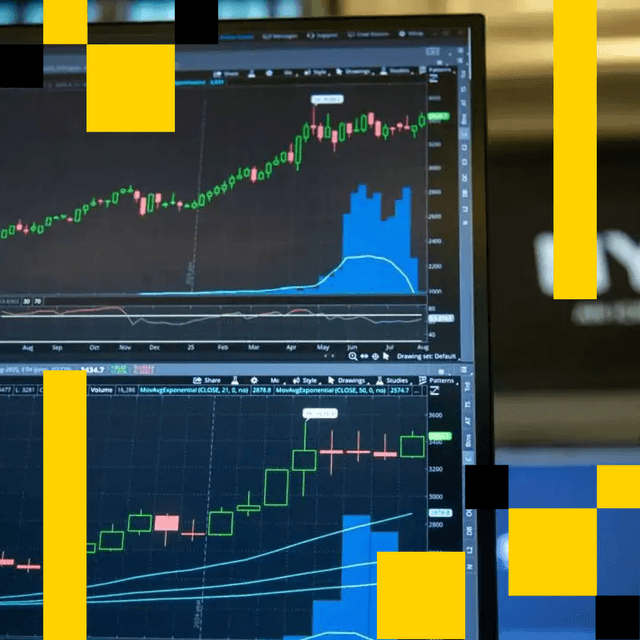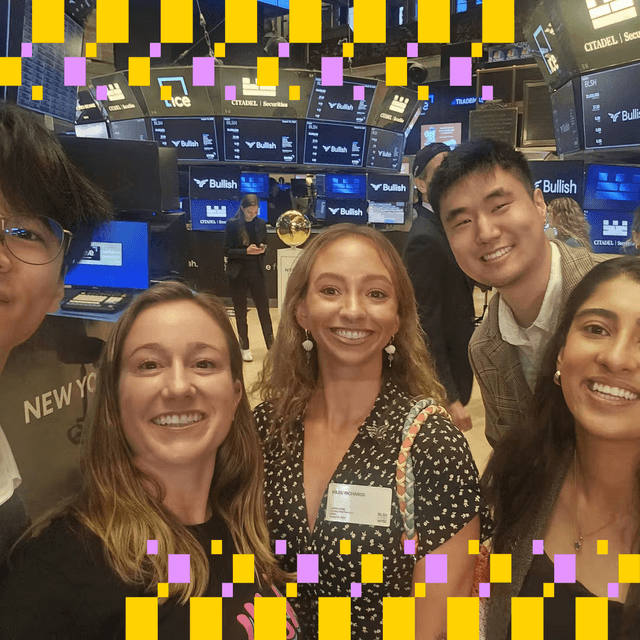La Internet Computer de Dfinity abre un puente Ethereum
Los activos basados en Ethereum ahora pueden existir de forma nativa en Internet Computer a través del nuevo puente que conecta las cadenas de bloques.

Un nuevo puente entre cadenas de bloques que conecta la red Ethereum con la Internet Computer de Dfinity permitirá ERC-20Los tokens existirán de forma nativa en la red de Dfinity, dijeron esta semana los desarrolladores detrás del puente.
Internet Computer es una cadena de bloques creada por la Fundación Dfinity para facilitar una capa descentralizada de infraestructura web. Cuenta con el respaldo de importantes fondos como a16z y Polychain Capital.
El puente, llamado Terabethia, permite la comunicación de contratos entre cadenas, la duplicación de activos y las transferencias entre diferentes cadenas de bloques. Está construido sobre unaahorquillado versión de la herramienta de escalamiento de Ethereum StarkWare, y permitirá que los contratos en ambas cadenas de bloques se comuniquen y permitan a cualquiera reflejar y usar cualquier activo de Ethereum en la Internet Computer y viceversa.
Los puentes permiten que las cadenas de bloques intercambien datos, tokens ocontrato inteligenteinstrucciones entre sí. Estas operan independientemente de las reglas o mecanismos de consenso de las cadenas de bloques que conectan.
“De manera similar a cómo Ethereum extendió la funcionalidad, la utilidad y el valor de Bitcoin, creemos que Internet Computer tiene el potencial de hacer lo mismo con los activos y aplicaciones de Ethereum , e incluso podría convertirse potencialmente en la mejor L2 (capa 2) para Ethereum a largo plazo”, explicó Harrison Hines, fundador de Psychedelic, el estudio de desarrollo Web 3 detrás de Terabethia.
¿Qué hace el puente?
El puente se adelanta a la integración nativa de Ethereum de Internet Computer, lo que permitirá la interoperabilidad entre ambas cadenas de bloques. Esta integración permitirá que los contratos inteligentes de Internet Computer conserven activos de Ethereum en Ethereum y realicen llamadas a ellos, pero no permitirá que los activos ERC-20 existan directamente. Un puente ayuda a resolver este problema.
La portabilidad de activos entre Internet Computer y Ethereum puede ayudar a crear liquidez y productos complementarios para la base de usuarios de las dos cadenas de bloques, como tokens no fungibles (NFT) u otros Finanzas descentralizadasProductos (DeFi).
Los protocolos DeFi se basan en contratos inteligentes en lugar de terceros para brindar servicios financieros, como préstamos, empréstitos y comercio, a los usuarios.
Internet Computer comenzó este año con un "modelo de GAS inverso" para centrarse en la escalabilidad. Este modelo implica que los desarrolladores aportan los fondos necesarios para ejecutar las aplicaciones/contratos que utilizan su GAS : una tarifa que se paga por usar una cadena de bloques, en este caso, Internet Computer .
Pero la respuesta de los inversores ha sido débil. Los tokens de
Mais para você
Prueba de superposición de imagen tres

Dek: Prueba de superposición de imagen tres










